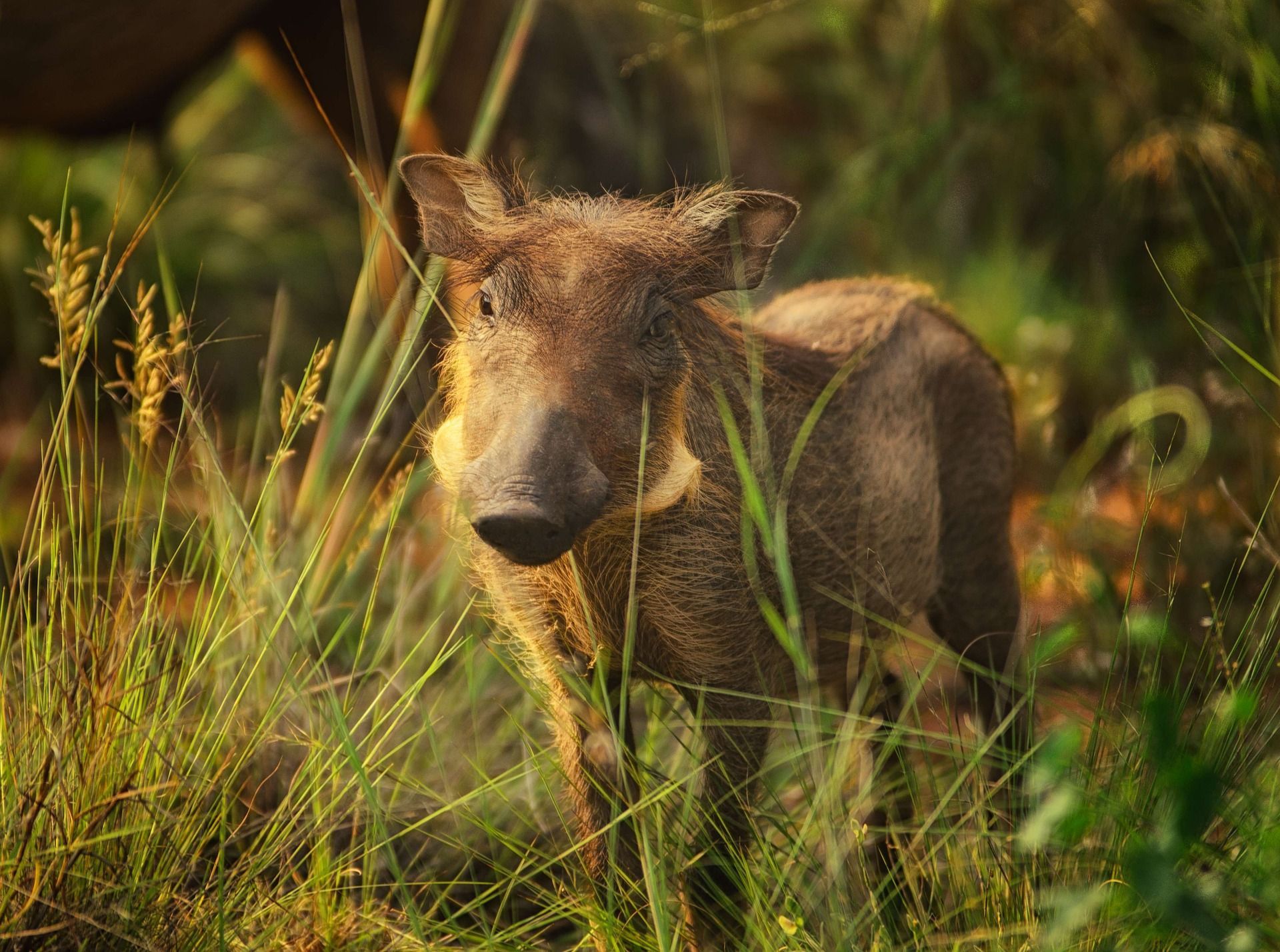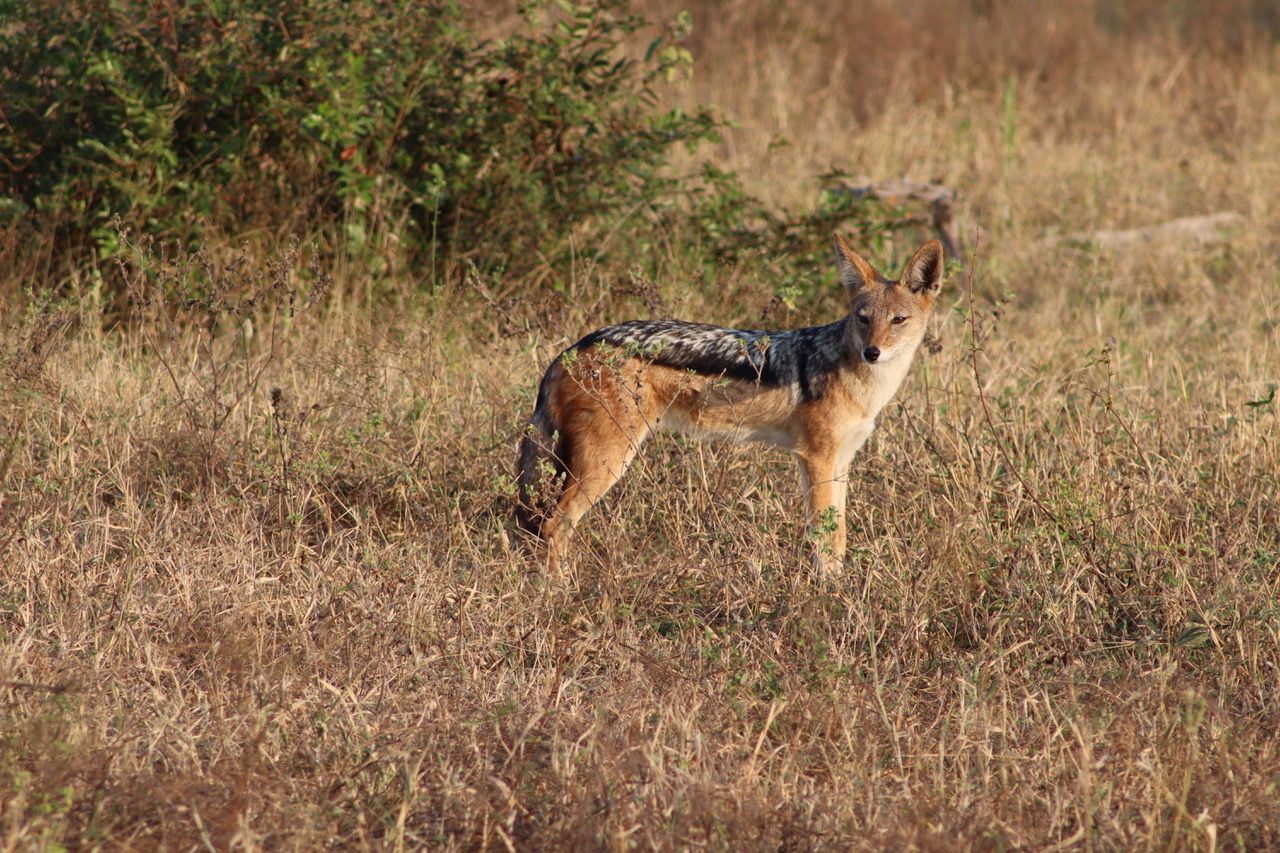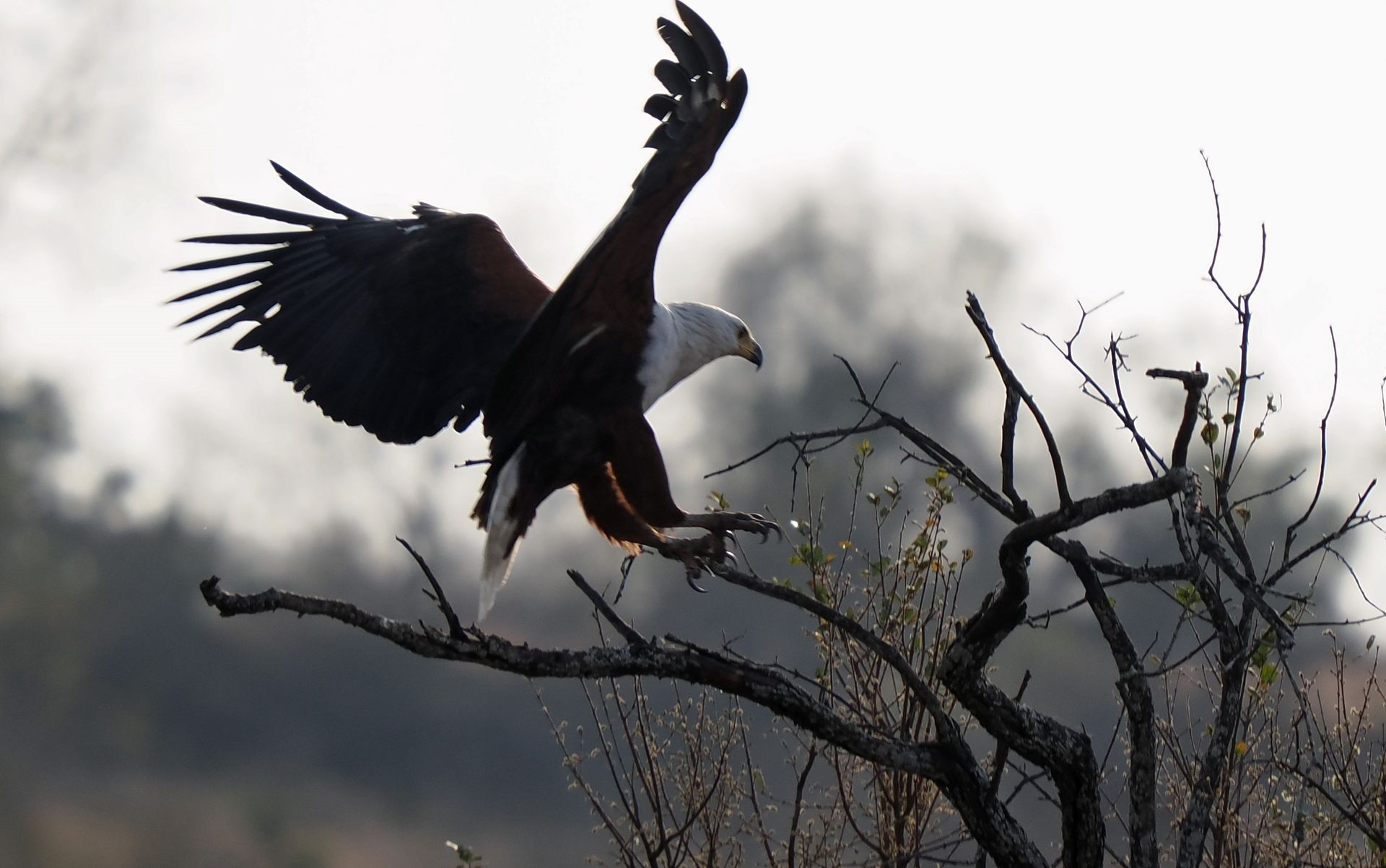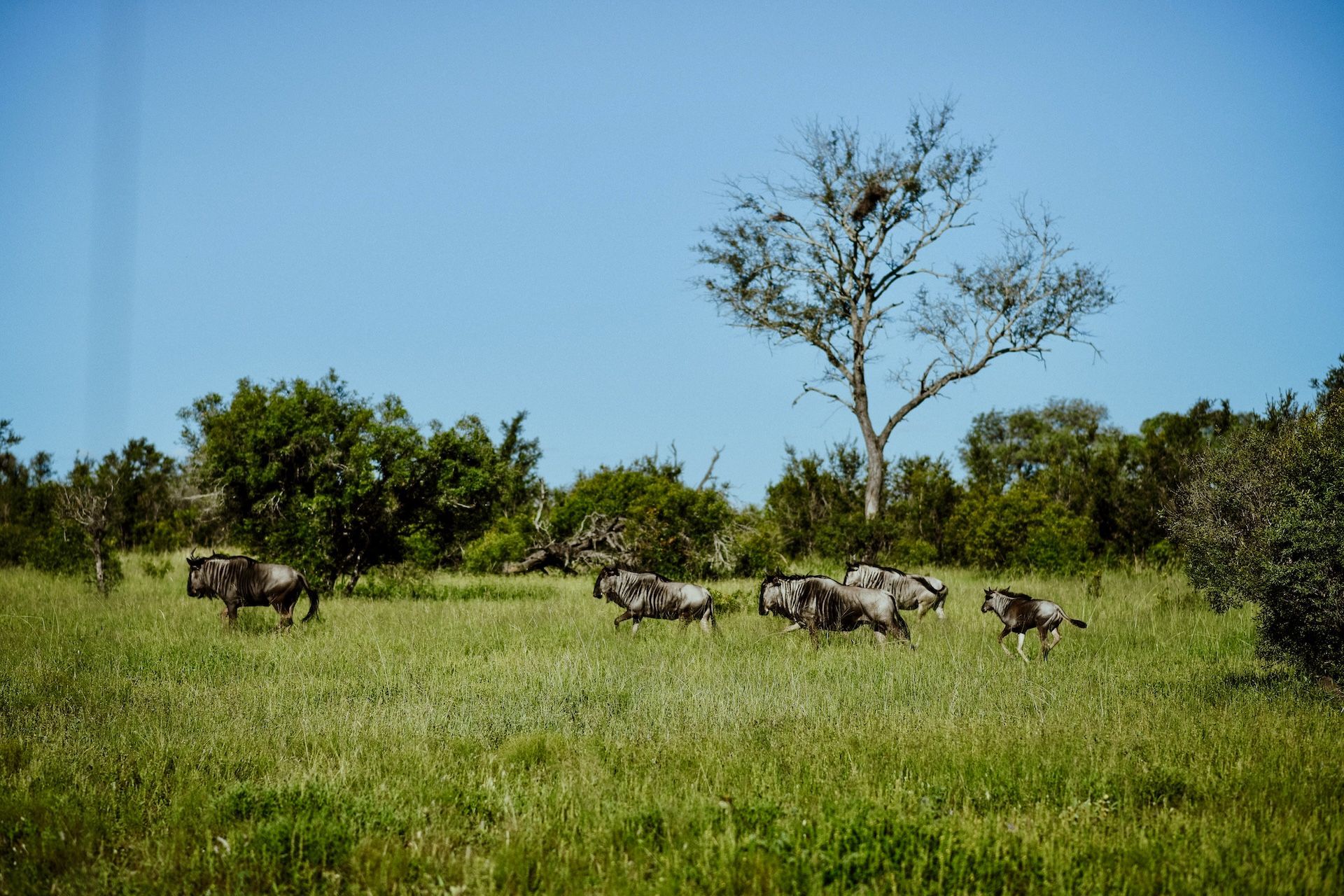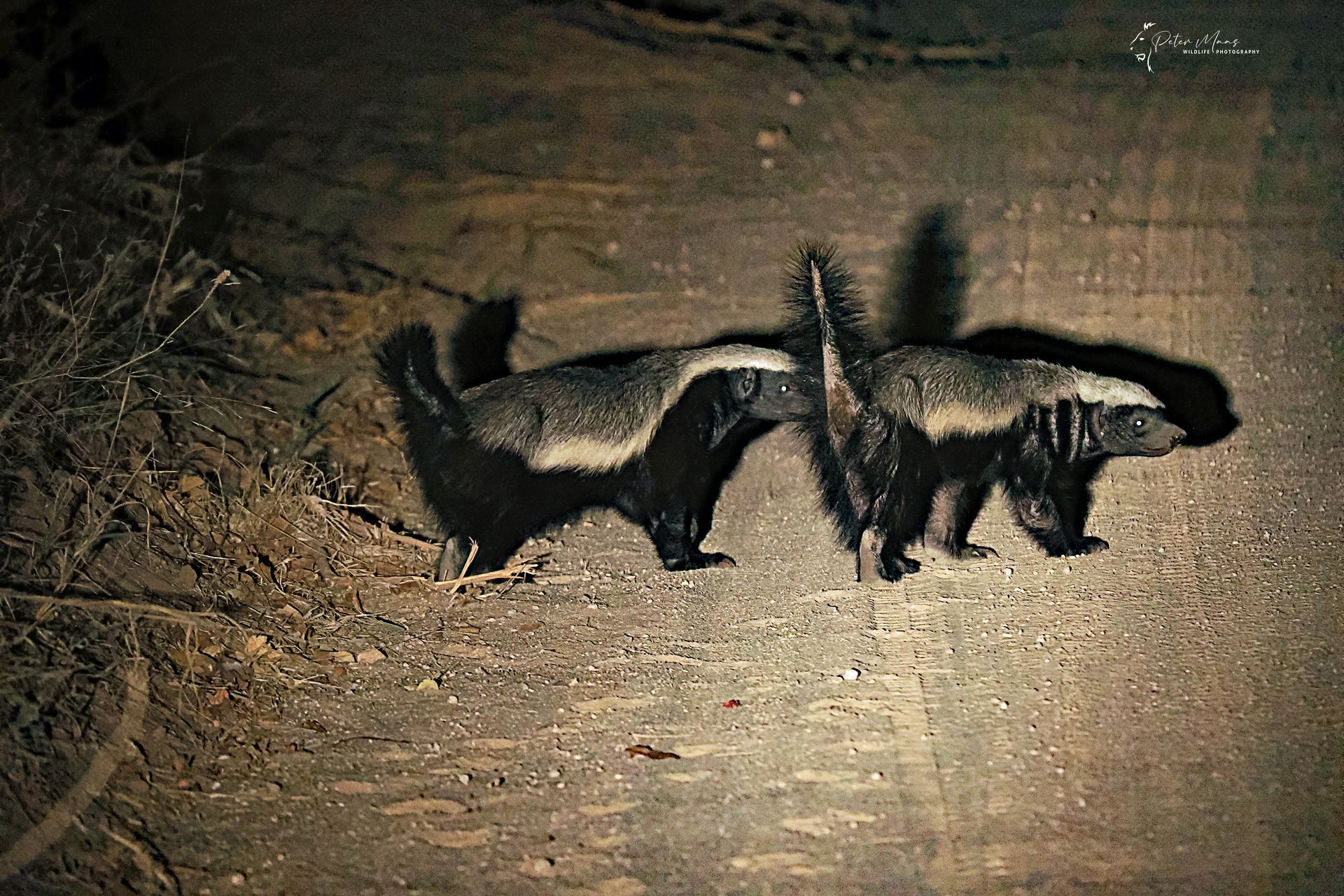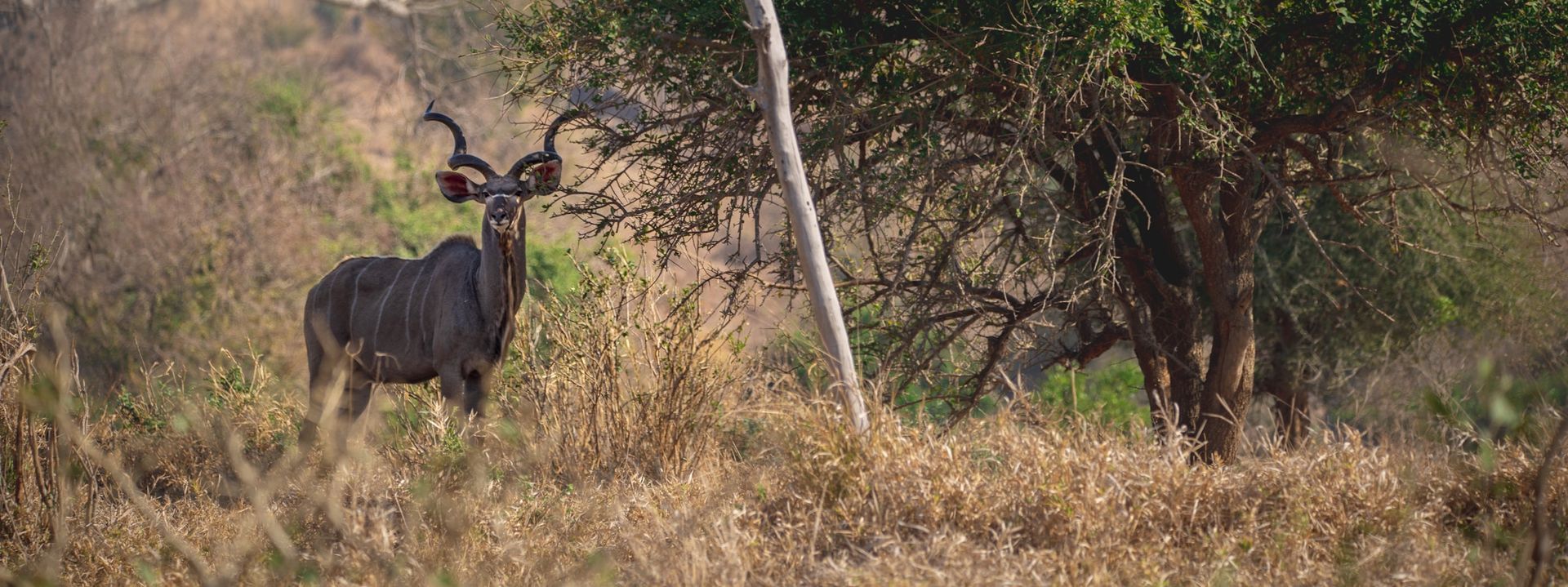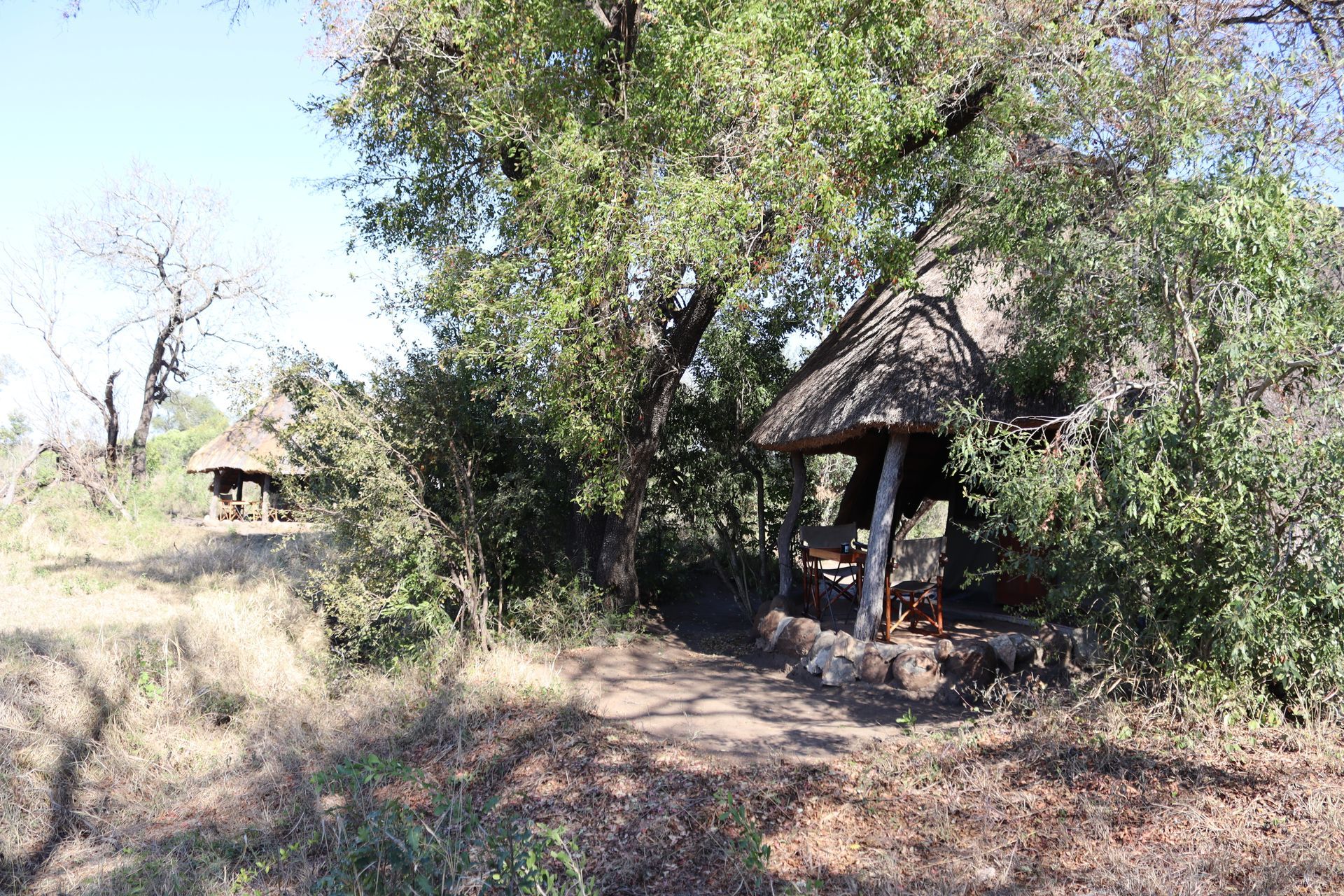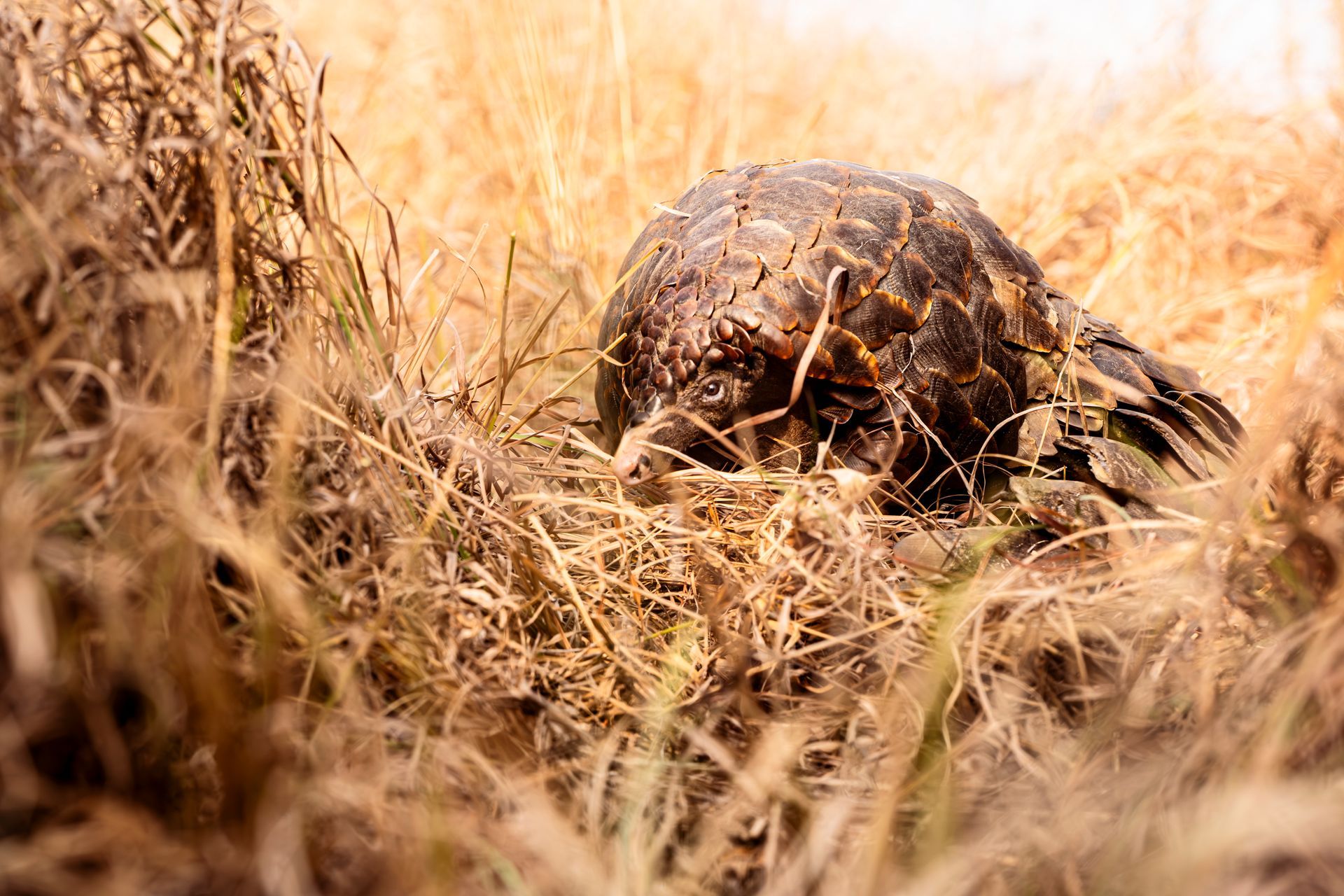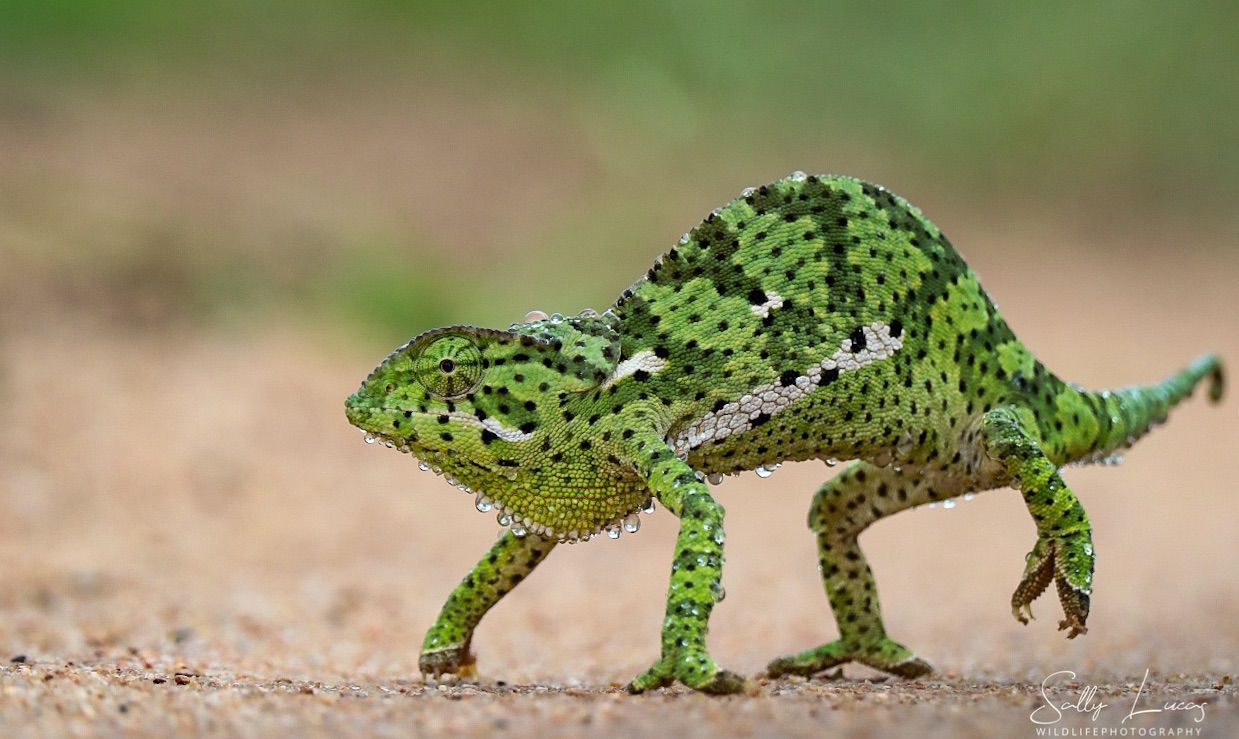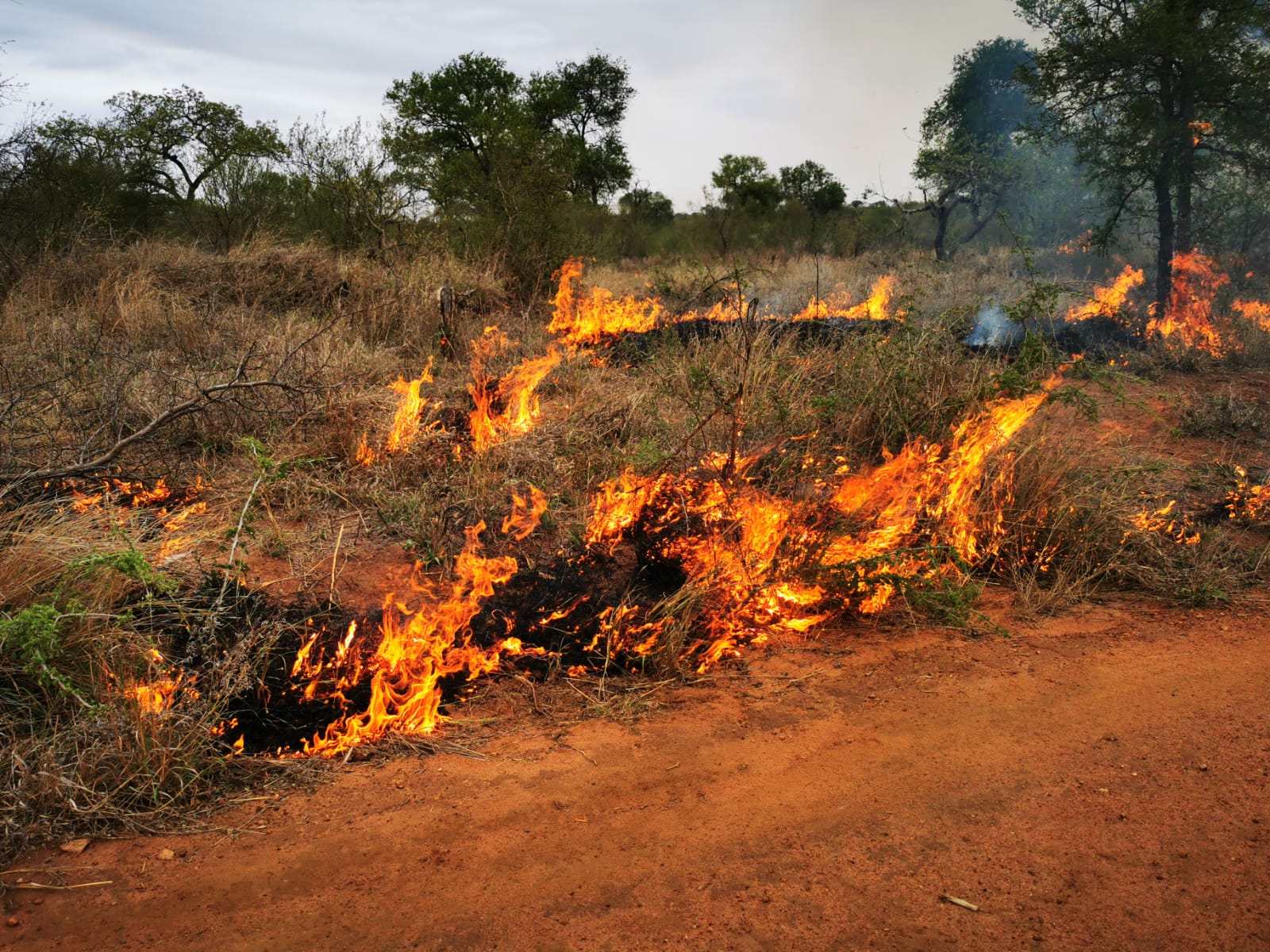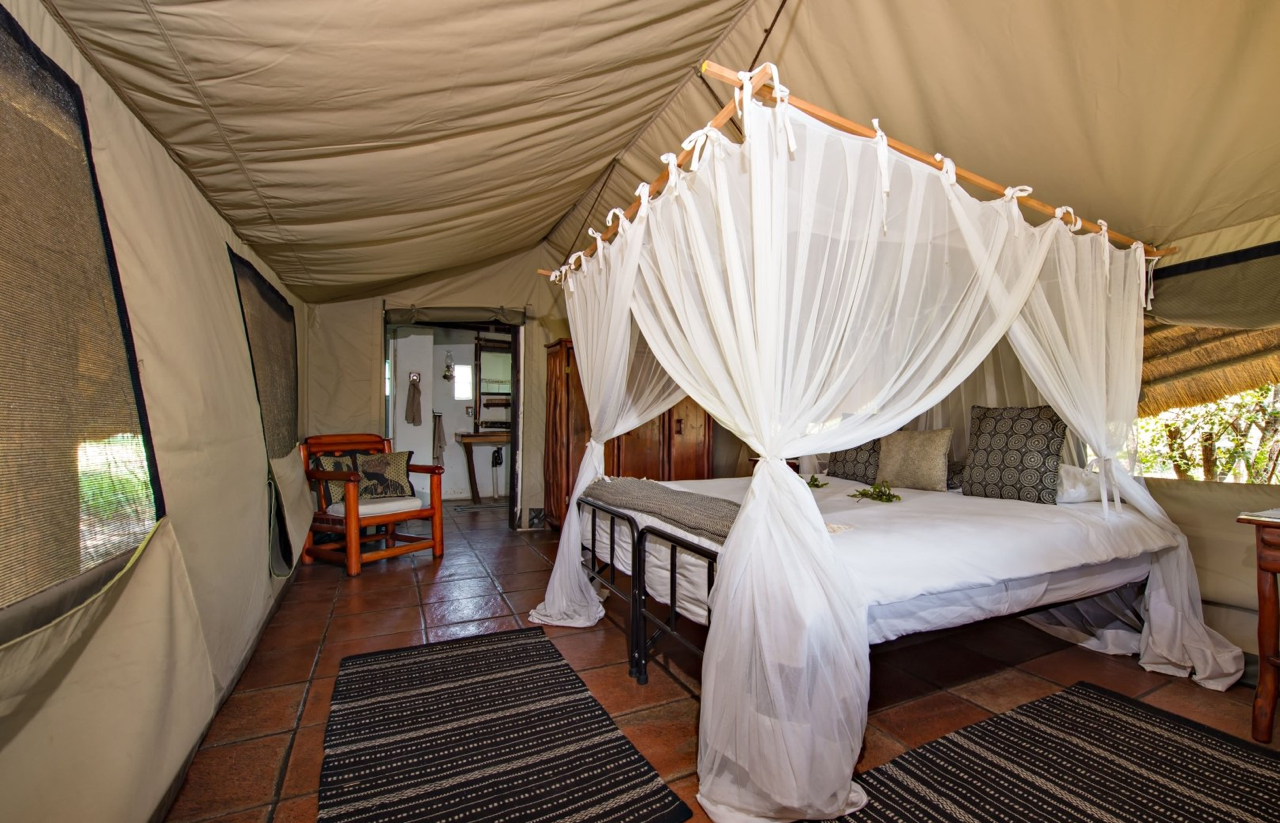Pungwe survives devastating bush fires
Out of the ashes, a greener Manyeleti is born...
The end of October and start of November have seen the Manyeleti ravaged by bush fires that swept through the reserve and its immediate neighbours and on into the Kruger National Park.
Fed by tinder-dry bush filled with the dead grasses and parched trees and bushes we expect at the end of the dry season and driven by high winds, the fires left swathes of land blackened and covered in ash, laying waste to large portions of the reserve.
The fires were finally extinguished by the arrival of the rains, and two spectacular storms that soaked the dusty land, and in true phoenix fashion, the mixture of rain with the carbon and ash from the blazes has soaked into the soil, nourishing it and boosting new growth of fresh, green grass.
While we have sadly lost some animals - mostly smaller species like tortoises and rodents - the rebirth of the Manyeleti in the wake of the conflagration is already in full swing and every day sees new life springing forth, with trees and shrubs that have weathered the flames sprouting buds that will quickly transform into leaves.
One of the blazes almost took our wonderful little camp, but miraculously, all we lost was our welcome sign and wooden footbridge at the entrance to camp - both falling victim to the flames. Our tents and lounge areas were filled with smoke, but the fire was stopped short of the buildings themselves, to our great relief.
We closed for a week to clean camp, washing all of the linen and softs, going through the tents thoroughly (ash tends to get everywhere!) and replacing the footbridge and welcome board. It was a close call but we're back to full operational strength and have had a full camp over the last week or so.
The game viewing has quickly returned to normal as the animals adjust very quickly to what is part of the natural world. Fire plays a key role in eco-systems like ours, disrupting its structure and composition in a natural and beneficial way. It also opens up space for new bushes and trees and areas of grass.
So while it may seem devastating to onlookers, bush fires breathe new life into the soil, replenishing it with valuable nutrients and minerals. The fresh growth that follows in the wake of a fire is somehow greener for it.
Birds and mammals are well equipped and adapted to outrun fire and move away from its path. Plants need a different approach, though, and evolution has toughened many of them for the task of surviving fires. For example, we have what we call "resprouters" - plants that can tolerate most of the damage caused by fire by using their roots or bulbs to resprout and bounce back.
Then there are "reseeders" which rapidly germinate following fire to take advantage of the space provided by the blaze. Some of these seeds can be dormant in the soil and are "woken up" by the heat of the fire or even the smell of the smoke!
When you learn about amazing adaptations like these, you begin to realise just how incredible nature is.
